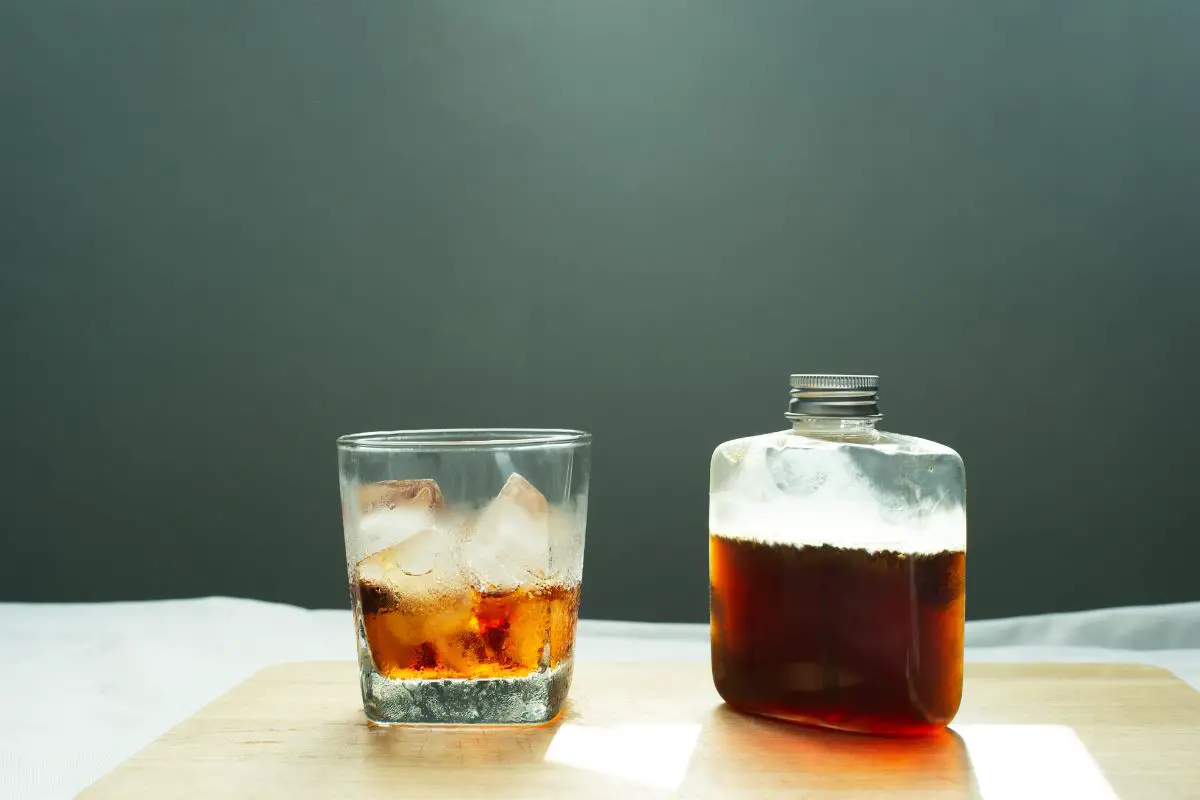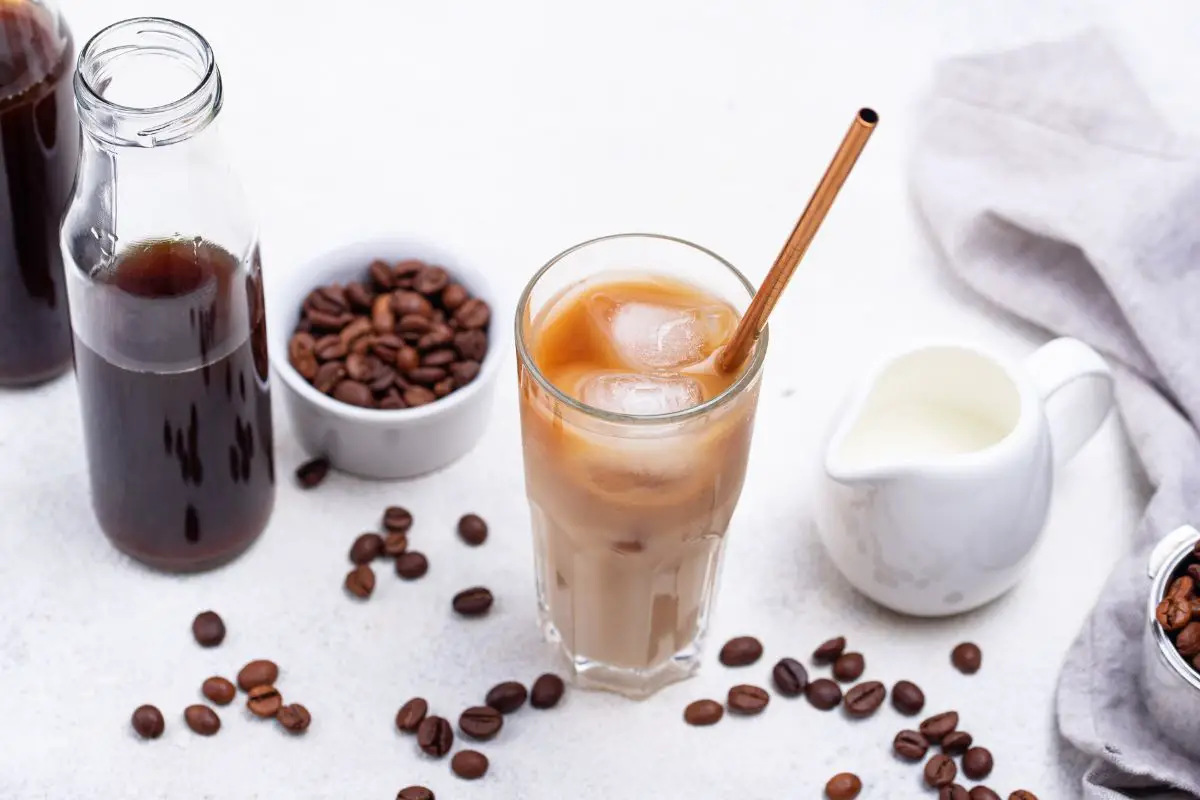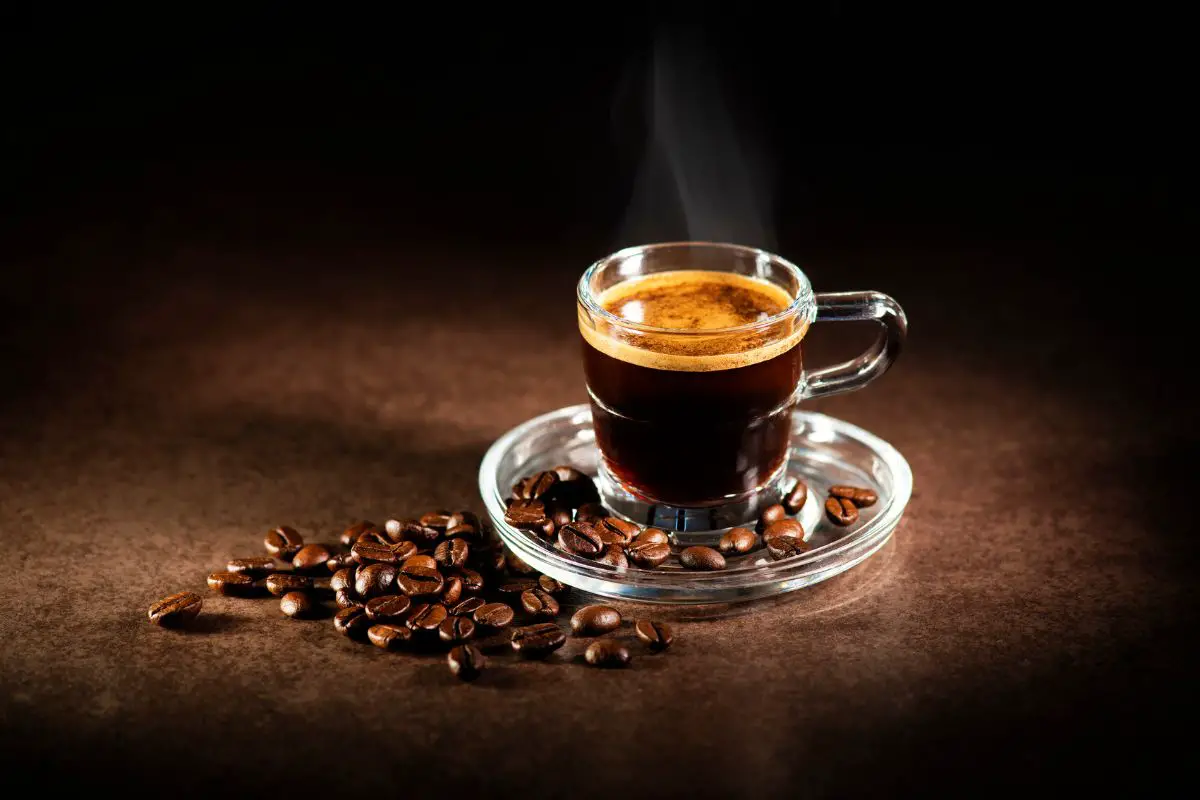In the world of coffee, two distinct brewing methods have gained considerable popularity: cold brew and espresso. While each method serves the purpose of extracting the flavors and essence of coffee, they differ significantly in terms of brewing techniques, flavor profiles, caffeine content, serving styles, preparation time, and versatility.

Understanding the distinctions between these two methods is essential for coffee enthusiasts seeking the perfect cup of joe. This article aims to provide an objective and analytical comparison of cold brew and espresso, shedding light on their similarities and differences. By examining the parallelism between these brewing methods, we will delve into their unique characteristics, guiding coffee lovers towards informed choices that suit their preferences.
Furthermore, this article will adopt an academic style, ensuring a comprehensive and informative exploration of cold brew and espresso, while prioritizing the safety and well-being of the audience.
Key Takeaways
- Cold brew and espresso are two popular brewing methods in the world of coffee.
- Cold brew has a smooth and mellow flavor, while espresso has a rich and intense flavor.
- Cold brew has a lower caffeine content due to the slower extraction process and dilution with water or milk, while espresso has a higher caffeine content per serving.
- Cold brew is commonly served over ice, providing a refreshing and chilled experience, while espresso is often served as a concentrated shot or used as a base for other coffee beverages.
Brewing Methods
Brewing methods play a crucial role in determining the taste, strength, and overall quality of both cold brew and espresso.
Cold brew is made by steeping coarse coffee grounds in cold water for an extended period, usually 12 to 24 hours. This slow extraction process results in a smoother, less acidic flavor profile compared to traditional brewing methods. Cold brew is typically brewed using a higher coffee-to-water ratio, resulting in a stronger concentrate that can be diluted with water or milk based on personal preference.
On the other hand, espresso is made by forcing hot water through finely ground coffee under high pressure. This method extracts the coffee’s flavors and aromas quickly, resulting in a strong, concentrated shot. The pressure used during the extraction process contributes to the characteristic crema, a layer of foam on top of the espresso. The shorter extraction time for espresso also means that it tends to have a higher acidity and a more intense flavor profile compared to cold brew.
Transitioning to the subsequent section on flavor profiles, the brewing methods for cold brew and espresso contribute significantly to the distinct taste experiences they offer.
Flavor Profiles
Extraction methods yield distinct taste profiles between cold brew and espresso. Cold brew, which is made by steeping coffee grounds in cold water for an extended period of time, typically produces a smooth and mellow flavor. The slow extraction process of cold brew reduces the acidity and bitterness of the coffee, resulting in a drink that is less sharp and more rounded in taste. The lower temperature also prevents the release of certain volatile compounds that can contribute to a more acidic flavor.
In contrast, espresso is made by forcing hot water through finely ground coffee under high pressure. This method extracts a higher concentration of coffee solids and oils, resulting in a rich, bold, and intense flavor. The high pressure and short extraction time create a strong and robust taste profile, with a characteristic crema on top.
The distinct flavor profiles of cold brew and espresso offer contrasting experiences for coffee enthusiasts. Cold brew provides a smooth and subtle flavor, while espresso offers a bolder and more pronounced taste. Both methods have their own unique merits, catering to different preferences and occasions.
Moving forward to the discussion of caffeine content, it is important to note that the extraction methods used in cold brew and espresso can also impact the amount of caffeine present in the final beverage.
Caffeine Content

The caffeine content in cold brew and espresso can vary due to the differing extraction methods employed, resulting in a disparity of caffeine levels akin to the contrast between a tranquil stream and a rushing river.
To better understand the caffeine content of these two popular coffee beverages, it is important to consider the following factors:
- Grind size: Cold brew typically uses a coarser grind, which leads to a slower extraction process and a lower caffeine content. In contrast, espresso requires a fine grind, resulting in a quicker extraction and a higher caffeine concentration.
- Brew time: Cold brew is steeped in cold or room temperature water for an extended period, usually 12 to 24 hours. This extended steeping time allows for a higher caffeine extraction. On the other hand, espresso is brewed under high pressure for a short duration, resulting in a concentrated shot with a higher caffeine content.
- Dilution: Cold brew is often diluted with water or milk before consumption, lowering the overall caffeine concentration per serving. Espresso, on the other hand, is typically served as a concentrated shot, resulting in a higher caffeine content per serving.
- Serving size: Cold brew is typically consumed in larger quantities due to its smooth and less intense flavor profile. As a result, even though the caffeine content per ounce may be lower, the total caffeine intake can still be significant. On the other hand, espresso is usually consumed in smaller quantities, leading to a higher caffeine intake per ounce.
Understanding the caffeine content of cold brew and espresso is crucial for individuals who desire to monitor their caffeine consumption.
Transitioning into the subsequent section about ‘serving styles’, it is important to consider the impact of serving size on caffeine intake.
Serving Styles
Serving styles play a crucial role in how cold brew and espresso are enjoyed.
Cold brew is commonly served over ice, providing a refreshing and chilled experience for the consumer.
On the other hand, espresso is often served as a concentrated shot, allowing the rich flavors and aromas to be fully appreciated.
Additionally, espresso serves as a popular base for a variety of coffee beverages, such as cappuccinos and lattes, allowing for a wide range of customization options.
Cold brew is typically served over ice
Cold brew, as a popular choice among coffee enthusiasts, is often enjoyed over ice, providing a refreshing and invigorating experience. This serving style has gained popularity due to its ability to enhance the flavor profile of cold brew coffee.
When served over ice, the cold brew maintains its smooth and rich taste, while the ice cubes help to dilute the strong flavors, making it more palatable for some individuals. Additionally, serving cold brew over ice allows for the gradual release of flavors, ensuring a consistent and enjoyable drinking experience.
To further enhance the appeal of this serving style, cold brew can be garnished with a variety of ingredients, such as citrus slices, mint leaves, or a dash of cinnamon, adding complexity and depth to the overall taste.
Transitioning into the subsequent section, espresso is often enjoyed as a shot or used as a base for other coffee beverages.
Espresso is often enjoyed as a shot or used as a base for other coffee beverages

While cold brew is typically served over ice, espresso is often enjoyed as a shot or used as a base for other coffee beverages. Espresso is a concentrated form of coffee that is brewed by forcing hot water through finely ground coffee beans under high pressure. This extraction process results in a rich, intense flavor profile that is highly sought after by coffee enthusiasts.
The small serving size of espresso allows for a quick and convenient way to enjoy a strong caffeine kick. Additionally, espresso serves as the foundation for popular beverages such as cappuccinos, lattes, and macchiatos, where it is combined with steamed milk and foam to create a balanced and indulgent drink.
Transitioning to the next section about ‘preparation time’, it is important to note that the contrasting brewing methods of cold brew and espresso contribute to differences in the time required for preparation.
Preparation Time
Expediting the brewing process, cold brew coffee requires significantly more time to prepare than its counterpart, espresso. The preparation time for cold brew coffee typically ranges from 12 to 24 hours. This extended period allows for a slow extraction of flavors from the coffee grounds, resulting in a smooth and less acidic beverage. To make cold brew, coarsely ground coffee beans are steeped in cold water for an extended period, either at room temperature or in the refrigerator. The long brewing time allows for a gradual release of caffeine and other compounds, resulting in a lower acidity and a smoother taste compared to espresso.
In contrast, the preparation time for espresso is relatively quick. It involves forcing hot water through finely ground coffee under high pressure, resulting in a concentrated shot of coffee. The entire process, from grinding the beans to extracting the shot, can take as little as 20-30 seconds. This speed is one of the reasons why espresso is often enjoyed as a shot or used as a base for other coffee beverages.
Moving on to the next section, the versatility of these two brewing methods allows for a wide range of coffee beverages to be created.
Versatility
The versatility of these two brewing methods allows for a wide range of coffee beverages to be created, catering to diverse preferences and offering a myriad of flavor profiles and textures. Cold brew and espresso can be used as a base for various drinks, each providing its unique characteristics.
Cold brew, known for its smooth and mellow flavor, can be enjoyed on its own, over ice, or mixed with milk or cream. It is particularly well-suited for iced coffee drinks, as its low acidity and delicate taste combine well with other ingredients. Cold brew can be infused with flavors such as vanilla, caramel, or chocolate, offering a refreshing and indulgent experience.
On the other hand, espresso is the foundation for a wide range of classic coffee beverages. From a simple shot of espresso to a rich and velvety cappuccino or a robust macchiato, espresso offers a concentrated and intense flavor. Its versatility lies in its ability to be combined with steamed milk, frothed milk, or even flavored syrups, creating an array of delicious options to suit different preferences.
Both cold brew and espresso can be further enhanced with the addition of toppings, such as whipped cream, chocolate shavings, or cinnamon, adding a visual appeal and enhancing the overall sensory experience. The versatility of these brewing methods ensures that coffee lovers can explore and enjoy a multitude of flavors and textures, making their coffee-drinking experience truly customizable and satisfying.
Frequently Asked Questions
Can I use the same coffee beans for both cold brew and espresso?
Yes, the same coffee beans can be used for both cold brew and espresso. However, the brewing methods and grind size differ. Cold brew requires a coarse grind, while espresso requires a fine grind.
Is cold brew less acidic than espresso?
Cold brew has a lower acidity level compared to espresso. This is due to the longer brewing time and lower temperature used in the cold brew process, which reduces the extraction of acidic compounds from the coffee beans.
Can I make cold brew using an espresso machine?
Yes, it is possible to make cold brew using an espresso machine. However, it requires modifications to the brewing process and equipment settings to ensure the extraction is done at a lower temperature and over a longer period of time.
Does cold brew have a stronger caffeine kick than espresso?
Cold brew typically contains more caffeine than espresso due to its longer steeping process. On average, a cup of cold brew contains 200 mg of caffeine, while a shot of espresso contains about 63 mg.
Can I use cold brew as a base for making espresso-based drinks like lattes or cappuccinos?
Yes, cold brew can be used as a base for making espresso-based drinks like lattes or cappuccinos. However, it is important to note that the taste and texture may differ from traditional espresso due to the brewing method used.
Conclusion
Cold brew and espresso are two popular methods of brewing coffee, each offering unique characteristics and flavors.
Cold brew is known for its smooth and mellow taste, while espresso is rich and bold.
When it comes to caffeine content, espresso packs a powerful punch, while cold brew offers a more gentle energy boost.
The serving styles of these two beverages differ as well, with espresso often enjoyed as a shot and cold brew served over ice.
In terms of preparation time and versatility, espresso requires a shorter brewing time but is limited in its adaptability compared to cold brew.
In conclusion, both cold brew and espresso offer distinct experiences for coffee lovers, catering to different preferences and moods.
Just as different books take us on varied journeys, these two coffee brewing methods transport us to different sensory destinations.
So, whether you prefer a leisurely stroll through a tranquil garden or a thrilling adventure through uncharted lands, the choice between cold brew and espresso will ultimately depend on the kind of journey you seek.
Also read: